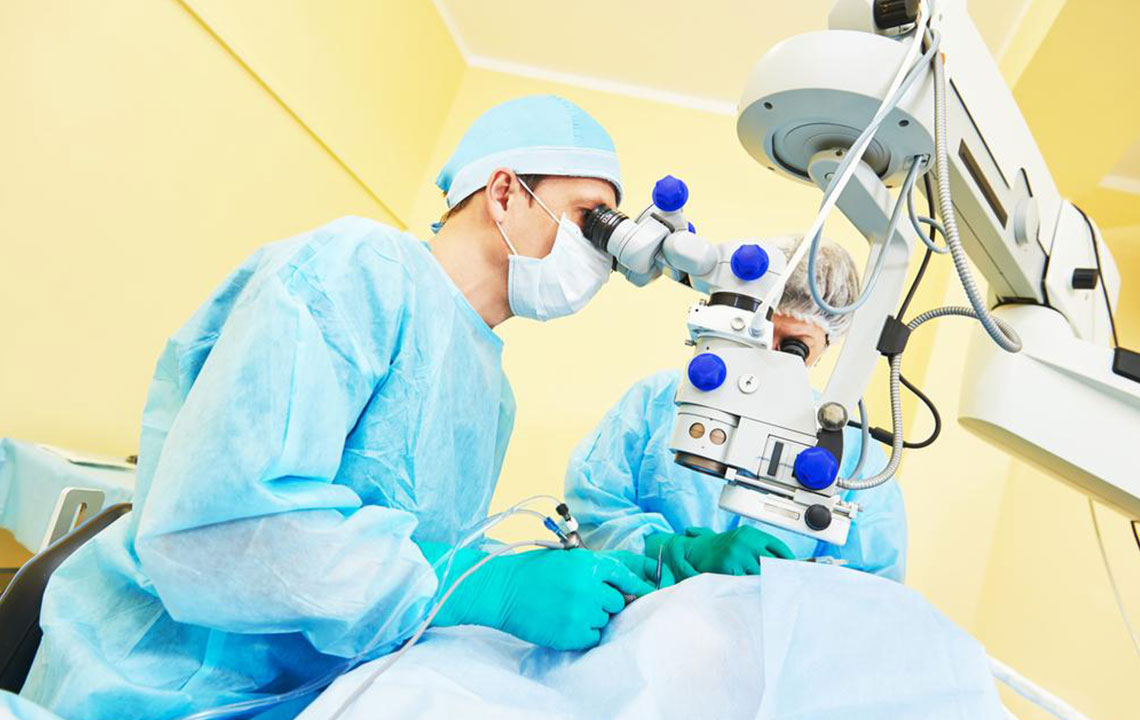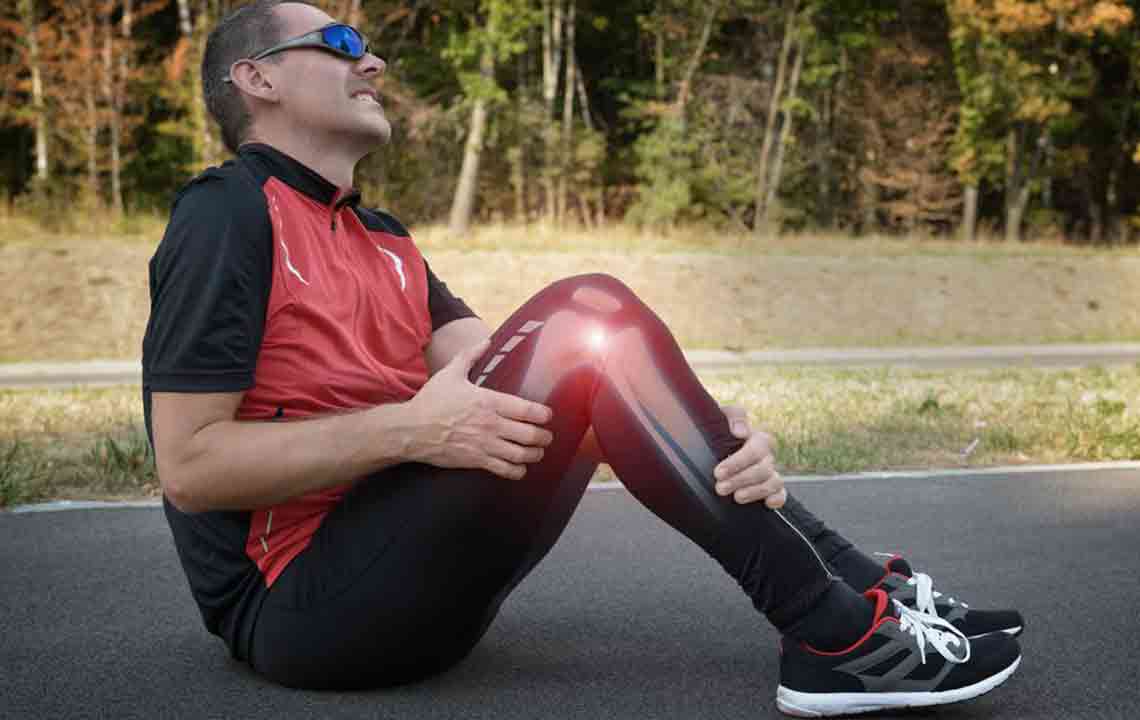Most common symptoms of Sciatica
Many complaints of back aches are due to compression of the sciatica nerves. This is a condition that affects the sciatic nerve running from the lower back down each leg. Thus lower back ache is one of the most common sciatica symptoms. Other symptoms of this condition include.
Leg pain that worsens when sitting down.
Pain in the hips.
Burning sensation in the legs.
Difficulty moving the foot or leg.

Weakness in the legs.
Persistent pain on one side.
Shooting pains that make it difficult to get up from a horizontal position.
Sciatica usually affects one side of the body. While for some people the pain can be severely debilitating, for others it is just a frequent annoyance. Pain caused by sciatica has the potential to worsen if not treated.
Sciatica symptoms can be caused by an irritation of the spinal column in the lower lumbar and lumbosacral area. It can also be triggered by the narrowing of the spinal canal in the lower back or lumbar spinal stenosis, degenerative discs in the spinal column, muscle spasms in the buttocks or lower back and pregnancy. Being overweight, wearing high heels for long periods of time or sleeping on an extra soft mattress can also aggravate sciatica symptoms. These symptoms may also get more intense during sudden movements such as sneezing or changing position.
Not all patients experience the same sciatica symptoms. The sciatic nerve is a bundle of five nerves including two that exit the lumbar spine and three from the sacral segment. These nerves then branch out to the legs. Thus symptoms can also depend on which nerve root is compressed. For example, a compressed S1 nerve root that goes to the outer section of the foot can cause a reduced ankle jerk reflex and weakness when raising the heel. A compressed L4 nerve root affects the thigh and makes the patient experience weakness while trying to straighten the leg and diminished knee jerk reflexes. Compression of the L5 nerve can cause pain and numbness on the foot particularly between the first and second toe. If more than one nerve is compressed, the patient may experience a combination of symptoms.
In rare conditions if the sciatica worsens rapidly, the patient may need surgery. Immediate medical care is also advised if the symptoms do not get any better and worsen or if the symptoms affect both legs. This is also known as bilateral sciatica. It can also cause bladder and bowel incontinence and differed sensations in the groin area. However, this is a very rare condition. Sciatica can also be treated with non-surgical methods such as over the counter pain medication, heat and cold therapy and epidural injections.




